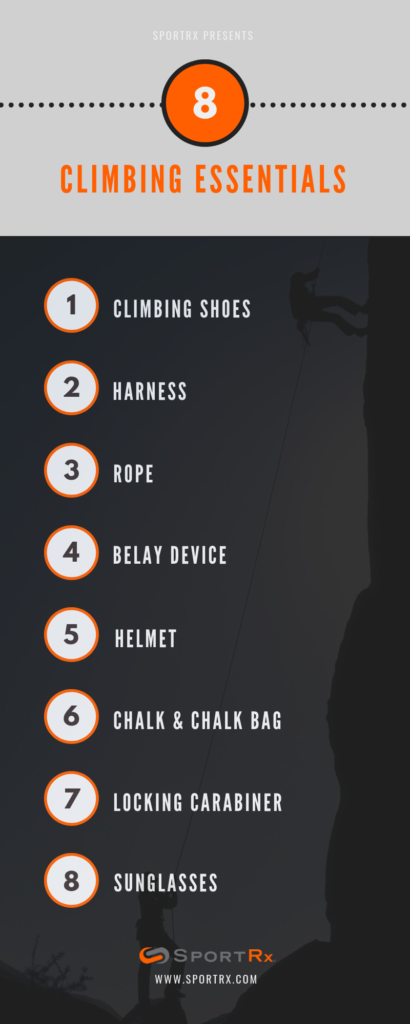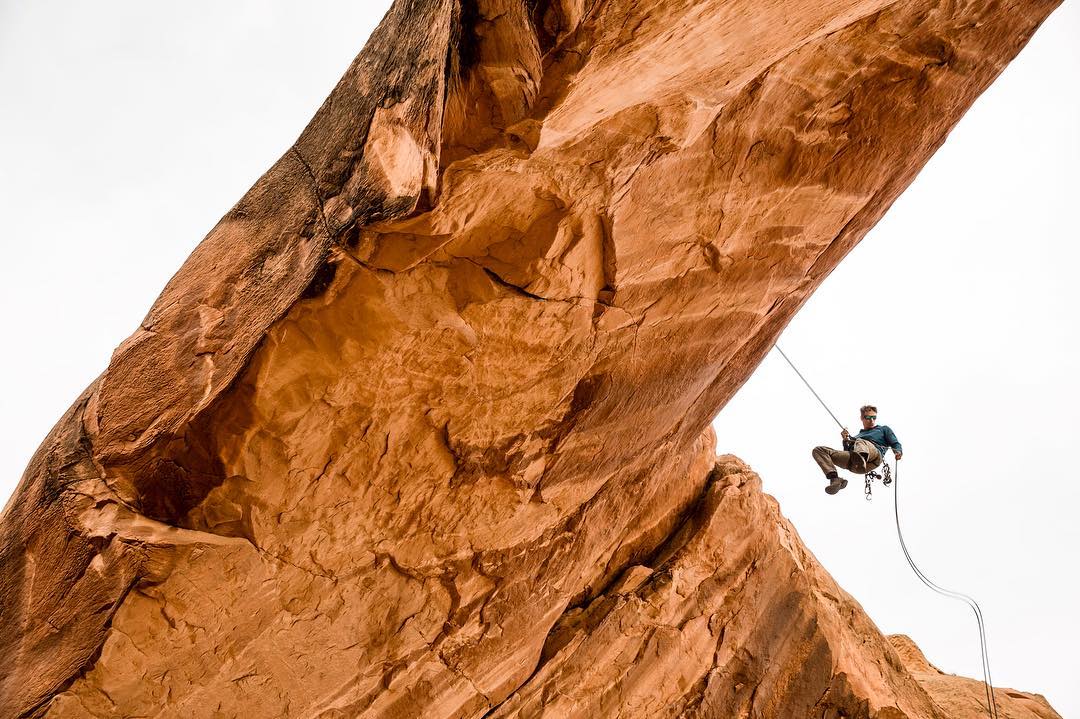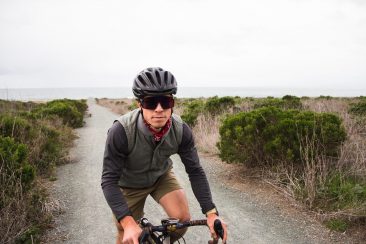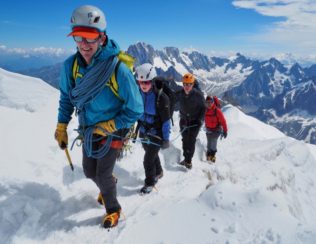
Climbing Shoes
Climbing shoes are one of the most important pieces of gears. There are three styles of climbing shoes : lace-up, Velcro and slip-on. Typically, lace-up shoes are better for longer climbs, and Velcro and slip-on shoes are better for short climbs such as sport climbing and bouldering. Whatever style you choose, your shoes should have sticky rubber soles to provide adequate friction and grip. Your climbing shoes should fit snug but not so tight to where they are uncomfortable. Keep in mind that climbing shoes should only be used for climbing. When you are hiking up to your climbing site, bring athletic shoes to wear. As you climb more, you can try different shoe options that fit your needs and preferences.
Harness
The main purpose of wearing a harness is to tie in the ropes for your protection. It must be worn in a correct way for safety purposes. A harness will have a waist belt and leg loops although there are different harnesses for different kinds of climbing. The two most important things to look for when purchasing a harness are the fit and comfort. You will be spending a significant amount of time in your harness, so it is worth spending more money on.
Rope
The rope is a climbers’ lifeline and the most important piece of climbing gears. There are 2 basic rope categories : dynamic and static. Dynamic rope has more elasticity to absorb falls. Static rope is stiffer and used for rappelling. Like most climbing equipment, the type of rope needed depends on what kind of climbing you will be doing. Yet, there are a few important things to keep in mind when purchasing. You must decide the length, diameter, and if you want your rope dry-treated or not. It is highly recommended to dry-treated your rope. If it is not dry-treated and the rope gets wet, it will degrade and become difficult to use. The typical rope life is around 3 years, but it depends on how often you use and how well you use with. Be sure to inspect your rope for fray or damage.
Belay Device
A belay device helps control the rope. It increases friction to catch a fall, lowers the climber, reels in slack, and provides more rope as you scale the rock.
Helmet
A helmet is not required but recommended. It protects your head from falling rock and debris as well as save you if you happen to fall or slip while climbing. A helmet should fit snug, so that it is not moving around too much.
Chalk & Chalk Bag
Chalk is very important to climbers to develop their climbing skills. It improves grip, absorbs sweat, and prevents chafing and rubbing. You will also need a bag to hold your chalk in. The bag should have a solid waist belt and good buckle to stay in place. For the convenience and cleanliness, a chalk bag that can be closed at the top is better to have.
Locking Carabiner
Locking carabiners are metal rings that connect climbing rope to the protection. They should be used with a belay device. Make sure to inspect your locking carabiner before buying it. You don’t want dents or other defects.
Sunglasses
Sunglasses are optional but recommended if you want to boost the performance on the activity. Climbers spend countless hours in the sun and are often times looking directly into it. Protect your eyes with a pair of performance-enhancing sport sunglasses. Julbo Vermont Classic features extra coverage that prevent damage from UV rays. Also, the hook of temples will stay in the right place on your head. Check out SportRx online for more mountaineering glasses to see the hundreds of options. They can even be customized to fit whatever needs you may have.




